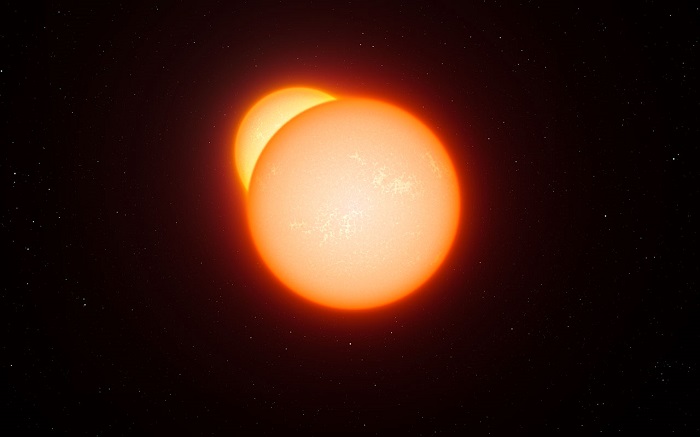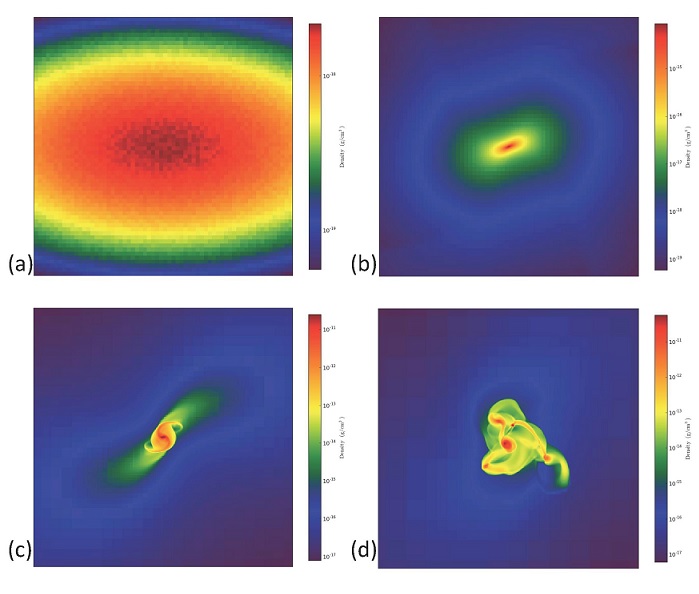The Majority of Stars Originate in Clusters, with Some Venturing Away from Their Birthplaces
According to recent modeling studies conducted by Alan Boss at Carnegie, it has been revealed that the majority of stars we observe in the sky were actually formed when unstable clusters of newly formed protostars broke apart. These protostars are born within rotating clouds of dust and gas, which serve as nurseries for the formation of stars. While rare clusters of multiple protostars remain stable and develop into multi-star systems, the unstable ones will expel stars until they achieve stability and ultimately become single or binary stars. This significant research has been published in The Astrophysical Journal.
Interestingly, approximately two-thirds of all stars within a distance of 81 light years (25 parsecs) from Earth are either binary or part of multi-star systems. It has been observed that younger star and protostar populations have a higher occurrence of multi-star systems compared to older ones. This observation aligns with Boss’ findings, suggesting that many single-star systems initially begin as binary or multi-star systems, from which stars are ejected in order to attain stability.

The formation of protostar clusters occurs when the core of a molecular cloud collapses under the influence of its own gravity and fragments into smaller pieces, a process known as fragmentation. The physical forces involved in this collapse are of great interest to scientists as they provide insights into the life cycles of stars and the potential birth of our own Sun. One particular force that influences the collapse is the magnetic field that permeates through the clouds, potentially impeding the fragmentation process.
Boss’ research demonstrates that during the collapse of a cloud, the fragmentation process is influenced by the initial strength of the magnetic field, which opposes the gravitational forces causing the collapse. When the magnetic field strength exceeds a certain threshold, single protostars are formed. Conversely, when the magnetic field strength is below this threshold, the cloud fragments into multiple protostars. This second scenario appears to be quite common, considering the abundance of binary and multi-star systems. However, it is important to note that single stars can also form through this mechanism by being ejected from a cluster.

Boss explained that when observing the night sky, it is not apparent to the human eye that binary stars are actually more common than single stars. The recent calculations provide a better understanding of the prevalence of binary stars.
This article is republished from PhysORG under a Creative Commons license. Read the original article.
Do not forget to share your opinion with us to provide you with the best posts !



0 Comments